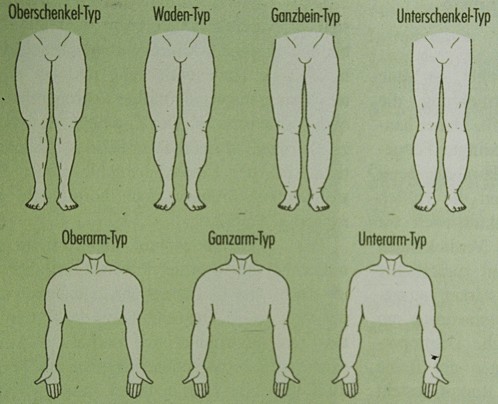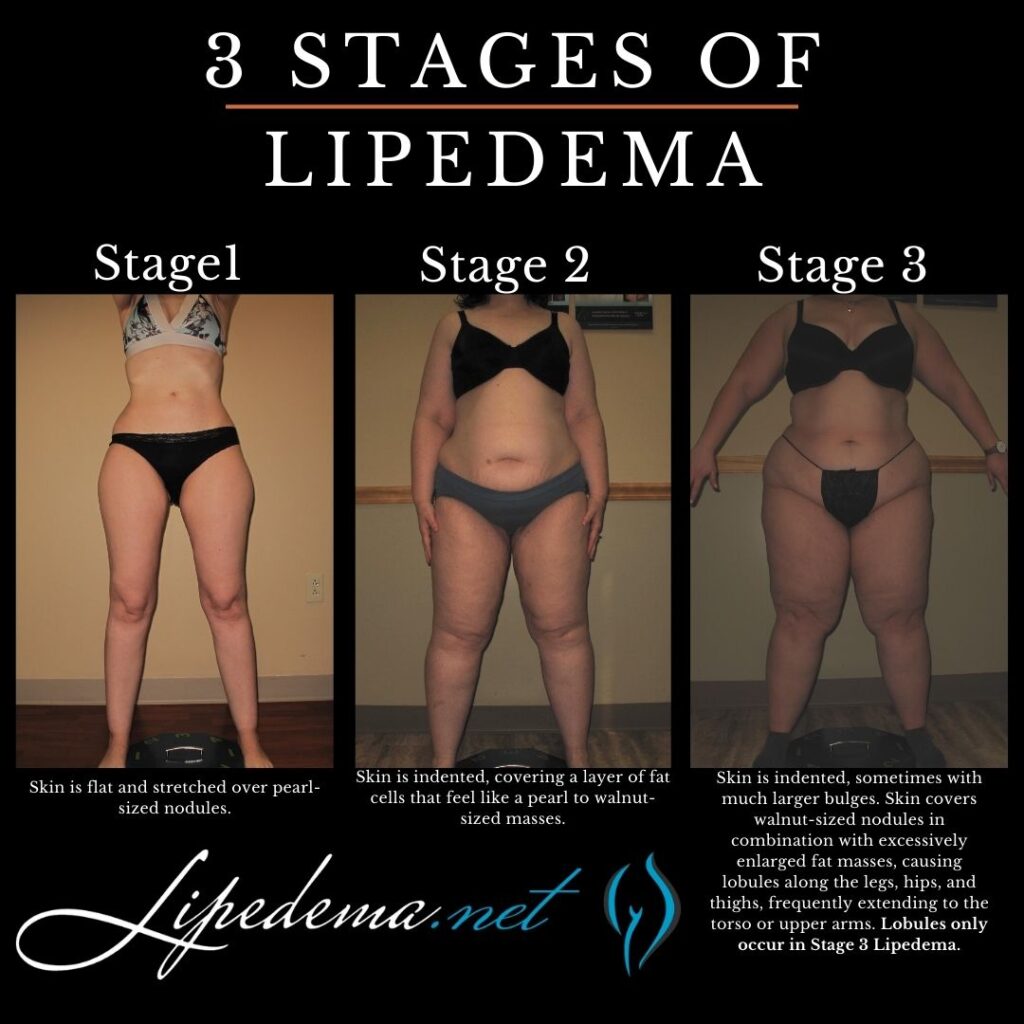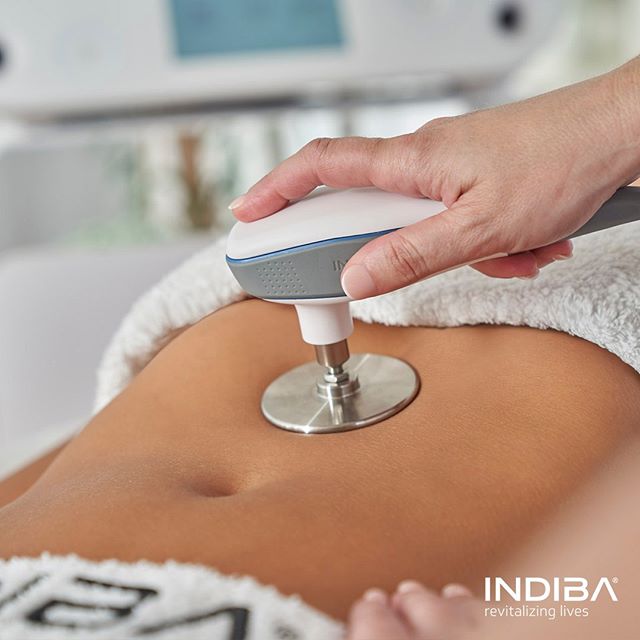Manual Lymphatic Drainage (Dr Vodder technique)

Manual Lymphatic Drainage (MLD) is a very gentle, ‘light touch’ form of massage based on pumping, circular and spiral shaped movements, which encourage the lymph fluid to flow more freely around the body.
What is the Dr Vodder method of MLD?
The Dr Vodder method is an advanced massage technique which moves the skin over the underlying tissues using repetitive, circular and spiral shaped movements with a pressure increase (30 Torr), followed by a decrease in pressure leading to a pressure less phase. This change in pressure creates a pumping effect, which encourages the flow of the lymph fluid and drains excess fluid out of the connective tissue.
The technique works with the skin and not on the skin. The direction of the increase of pressure and respectively the moving of the skin lies in the direction of the lymph flow.
As no oils are used it is completely safe even for those with sensitive skin.
The Dr Vodder technique always starts with lymph nodes and lymph vessels found at the neck and the junction of the large lymph channels found in the venous arch on both sides of the body.
The strokes are performed evenly and rhythmically inducing deep relaxation
What are the benefits of Manual Lymphatic Drainage?
MLD renews, nourishes, strengthens and regenerates the cells, removes waste products, relaxes the nervous system and increases the immune system.
It also prevents and remedies many chronic conditions, e.g.:
* Pain – joint swelling, muscular pain, rheumatoid arthritis, osteoarthritis, migraine, chronic headaches
* Skin – cellulite, aids in weight loss
* Fluid retention – swollen feet and ankles (inc sprained ankles), puffy eyes or face
* Respiratory conditions – sinusitis, nasal congestion, catarrh
* Immune conditions – recurring colds & flues, recurring inflammation & infections, allergies, auto-immune disorders
* Digestive conditions – chronic constipation, flatulence, bloating, Irritable Bowel Syndrome
* Stress, Chronic Fatigue Syndrome, lethargy
MLD is also used for:
* Post plastic surgery (e.g. face, neck abdomen, thighs etc) – it reduces pain, bruising and swelling
* Post operative inflammation (e.g. after liposuction etc) – it reduces inflammation, bruising and prevents scarring
* Post traumatic events (e.g. accidents, sport injuries etc) – it reduces swelling, pain, bruising and inflammation
* The prevention, treatment and control of lymphoedema (e.g. after breast- or prostate cancer)
* The treatment of lipoedema and phleboedema
What is the Lymphatic System?
The lymphatic system is a network of tubes throughout the body that drains fluid (called lymph) from tissues and empties it back into the bloodstream.
The lymphatic system consists of lymphatic vessels, lymph fluid and lymphatic tissue/organs such as lymph nodes, tonsils, thymus, spleen and Peyer’s patches.
The main role of the lymphatic system includes:
* Managing the fluid levels in the body
* Filtering out bacteria and other body toxins
* Producing and storing lymphocytes (a type of white blood cells which fight off pathogens)
* Absorbing and transporting fatty acids and fats to the circulatory system
* Protecting our bodies from pathogens (e.g. bacteria and viruses)
The lymphatic system is a very important part of our immune system that protects us from disease.
Unlike the circulation of the blood, the lymphatic system has no pumping mechanism. Instead it relies, for example, on muscular movement and breathing to assist the flow of the lymph fluid. Unfortunately the lymphatic system can become very sluggish (due to our sedentary lifestyles and high fat/high salt diets) leading to puffiness, bloating, constant tiredness, low immunity and frequent infections.
Manual lymphatic drainage increases the flow of the lymph fluid through the lymph nodes encouraging the production of lymphocytes and hence aiding in the prevention of disease.
Yvone Therapies offers the following treatment services:
* Manual Lymphatic Drainage (Dr Vodder technique)
* Combined Decongestive Therapy(Dr. Vodder/Indiba)
* Kinesio taping (Indiba Therapy, Cure taping) for Lymphoedema, Lipoedema and Scar Reduction
* Deep heat (Indiba) for the treatment of fibrotic scar tissue, swelling and bruising
The above services can either be booked separately or in combination. For more information about the single therapies please refer to the respective pages or call us to discuss your health concerns and possible therapies.
Bespoke individual packages are available which help you to improve your health.
Treatment for Lipoedema
What is Lipoedema?
Lipoedema is a chronic, progredient disorder that affects almost exclusively women and is characterized by bilateral, symmetrical abnormal fatty tissue accumulation mainly in the hip region and upper and lower legs (and sometimes the arms, but never the feet and hands). Lipoedema sufferers have a tendency to orthostatic oedema, which can lead to lipo-lymphoedema or lipo-lymph-phleboedema.
The cause of lipoedema is unknown. A genetic and hormonal involvment is suspected. The times of onset or exacerbation coincides with times of hormonal disturbance such as puberty, pregnancy and peri-menopause.
In males lipoedema is extremely rare (if it occurs, it is accompanied by a massive hormonal disorder).
Sign and Symptoms
* bilateral, symmetrical enlargement of limbs, both in legs (with buttocks involved) or in both legs and/or arms (excluding the feet and hands); often the appearance is described as “saddlebags” on buttocks, hips and inside the knees; if the disease spreads further downwards, it is known as “Suaven trousers” (the fat hangs over the ankles) ; typically women with lipoedema have very slim upper bodies.
Different types of lipoedema

- Sensitivity to touch and pain on pressure is common, especially on thighs and base of spine. When the disease progresses even the lightest pressure can cause pain.
- Tendency to easy bruising due to an increased fragility of blood capillaries (often without remembering the event that may have caused the bruise)
- Dependent oedema at the end of the day (during early stages of lipoedema), pressure will not cause pitting; however, acquisition of lymphoedema is possible (in later stages), which further complicates lipoedema
- Skin elasticy is reduced and usually has an “orange peel” appearance; limbs may feel cold
- Stemmer’s sign is negative, i.e. the skin on the second toe, when pinched, can be lifted up (if lymphoedema is present it cannot)
- There is little or no loss of weight (in lipoedemic fat areas) with rigorous diet and exercise; lipoedema sufferers tend to gain weight in the lipoedemic fat areas and can only lose it in the non-lipoedemic areas of the body (lipoedema can occur in those who are anorexic or obese)
- There maybe joint pain (particularly knees), “pins and needles” sensation and flat feet; in later stages restricted mobility and further complications (e.g. osteoarthritis in hips or knees)
- Lipoedema sufferers may have developed low moods or depression due to the cosmetic appearance of their legs as they may have been “teased” about their legs since childhood or young adulthood. Often it takes a long time to be diagnosed with lipoedema (as the medical profession is not well informed about the disease) and therefore patients may have been falsely diagnosed as being obese. Recommendations such as “keeping up the diet” or “exercising a lot”, despite being unable to lose weight in lipoedemic areas, may have lead to further frustation and disappointment (not only in one self, but also the medical profession).
Stages of lipoedema
Stage I: has a normal skin surface.The subcutanous fatty tissue has a soft consistency but multiple small nodules can be palpated (“orange-peel skin”). This stage can last for several years.
Stage II: the skin surface becomes uneven and harder due to the increasing nodular structure
Stage III: lobular deformation due to increased fatty tissue; palpable nodules varying in size from a walnut up to a fist; large, deforming folds of fat
Different stages (I, II, III) of lipoedema

Treatment of Lipoedema
There is currently no known cure for lipoedema. However, lipoedema can be successfully managed with a variety of consistent techniques and therapies, which help to alleviate oedema and pain and delay the progressive nature of lipoedema.
This includes the following techniques and therapies:
Liposuction
Lipoedema patients may consider liposcution as a way of reducing fat tissue. However, only liposuction using tumescent local anaesthesia with a vibrating micro cannula is recommended. The surgeon needs to be experienced in the surgical reduction of fat tissue in lipoedema patients! However, only very few are.
I HIGHLY recommend that you do your research before going to have liposuction.
Diet and Exercise
An anti-inflammatory diet high in anti-oxidants will help to minimise oedema by strengthing the vascular system. It will also help to not gain additional weight in lipoedemic fat areas.
Regular exercise, particular power walking, walking, cycling, etc, helps to increase the lymph flow (the lymphatic system has no pump and depends mainly on muscular activity). Compression tights should be worn when exercising to support the lymphatic system and connective tissue.
Swimming, water aerobics and water cycling is highly recommended (and a great sport for lipoedema patients as it improves skin tissues); however, often women with lipoedema are very self-conscious about their legs and may therefore not choose this type of sport.
Patients who have become immobile (later stages of lipoedema) may use the rebounder on a daily basis (only 5 mins per day already increases lymph flow).
Manual Lymphatic Drainage
Regular manual lymphatic drainage (MLD) helps to reduce dependent oedema (early stages) and lymphoedema (later stages). MLD is particularly recommended for lipoedema sufferers who are sensitive to touch or experience pain when touched. Usually other types of massage (e.g., holistic – or sports massage) are not tolerated. Furthermore, several studies on the effectiveness of manual lymphatic drainage in the treatment of fibromyalgia (a condition where sufferers experience soft tissue pain allover their bodies) and sports injuries (sprains and strains) have shown that MLD has a pain relieving and anti-inflammatory effect.
The frequency and duration of manual lymphatic drainage sessions depends on the severity of the lipoedema and if, additionally, lymphoedema is present.
Manual Lymphatic Drainage post Liposuction & Cosmetic Surgery
Manual lymphatic drainage is often recommended by cosmetic surgeons to reduce pain, swellings, oedemas and scarring, which usually occur after surgery or body sculpturing procedures.
What are the benefits of MLD after cosmetic procedures?
* MLD can be used at a very early post-operative stage (usually after 2-3 days post surgery)
* swellings, bruises and oedema are reduced quickly
* the healing process is accelerated (those who don’t have MLD usually have a longer recovery time)
* scarring and build-up of nodules are significantly reduced
* tissue quality is improved and better visible results are achieved
* fat residues (in case of liposuction) are quickly absorbed and processed by the lymphatic system
* local inflammation is inhibited
* pain is decreased
What type of surgery can benefit from MLD?
* Liposuction (all types; e.g. vaser-, tumescent-, water-jet-assisted etc)
* Facelifts and facial reconstructions
* Tummy-tuck
* Arm-reduction/lift
* Abdominoplasty (e.g. after gastric band operation and fast weighloss; pregnancy)
* Nose-reshaping (rhinoplasty)
* Brow-and eye lid surgery (blepharoplasty)
* Breast augmentation
An intensive course of treatments is usually recommended. This will include MLD combined with Indiba Deep Beauty (a pleasant, non-invasive treatment which strengthens and heals tissues.
Treatment for Varicose Veins
What are varicose veins?
Varicose Veins are veins which are have become swollen, enlarged, lumpy, bulging and twisted. They usually appear on the legs and feet, but can occur elsewhere in the body. Varicose veins are either blue or deep purple.
How do veins become varicose veins?
Veins transport oxygen-and nutrient poor blood back to the heart. Veins have pairs of leaflet valves on the inside, which prevent the blood from flowing backwards (retrograde flow or venous reflux), when it is transported against gravity. In healthy veins the skeletal-muscle pump helps to transport the blood upwards. In varicose veins the inner valves have become weak and the leaflets don’t meet properly (vascular incompetence). Hence blood flows backwards, which pools and then enlarges the veins leading to a lumpy, bulging and twisted appearence of the veins.
Compression garments
Ideally, compression tights or stockings should be worn daily to assist the lymph flow and support lose connective tissue. What type of compression garment (i.e., round-or flat knit) or what compression class is needed, depending very much on the severity of the lipoedema and if lymphoedema is present.
However, some lipoedema sufferers may not tolerate compression garments at all (due to experiencing pain when pressure is applied). In such cases, Indiba Radiofrequency may provide a solution.
Tummy tuck manual lymphatic drainage

Manual Lymphatic Drainage (MLD) after a tummy tuck surgery. MLD can help reduce swelling and promote healing by stimulating the lymphatic system. It’s often recommended as part of the post-operative care for procedures like a tummy tuck to aid in recovery.